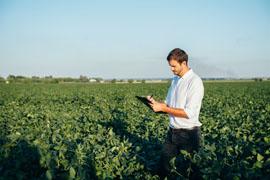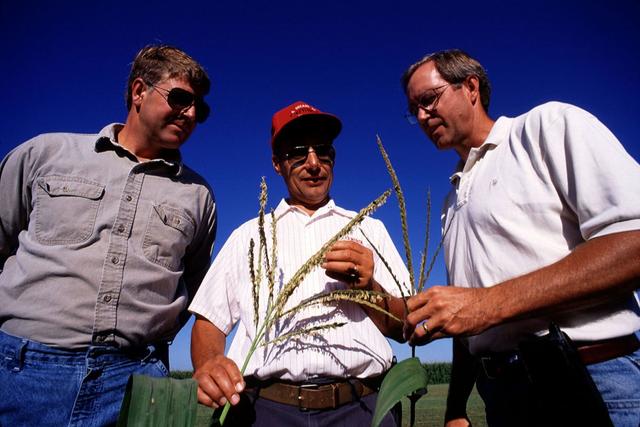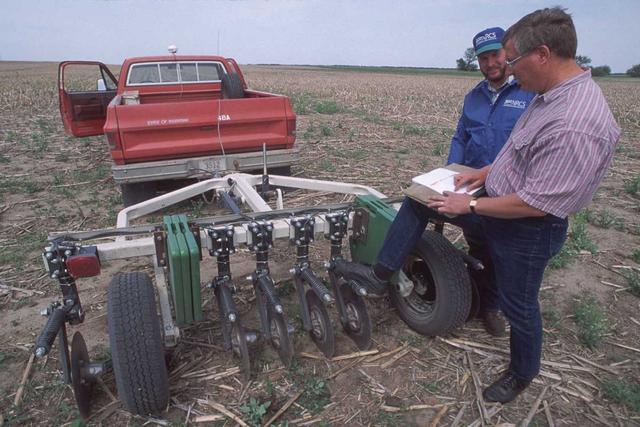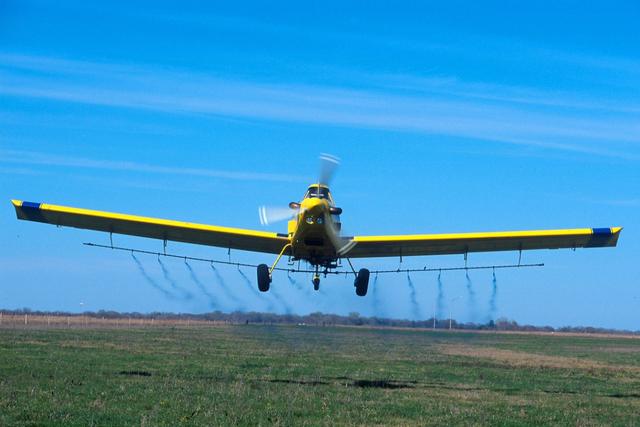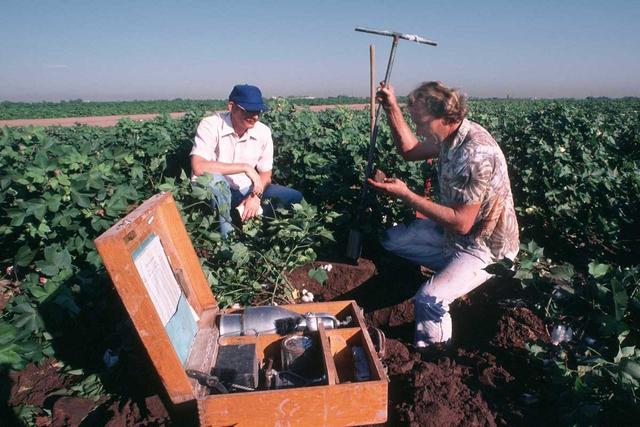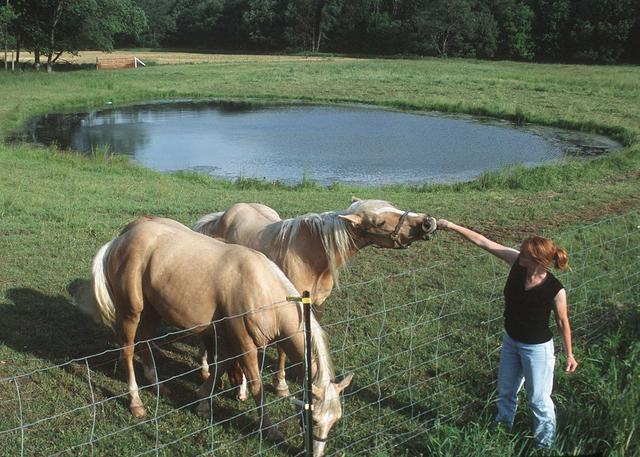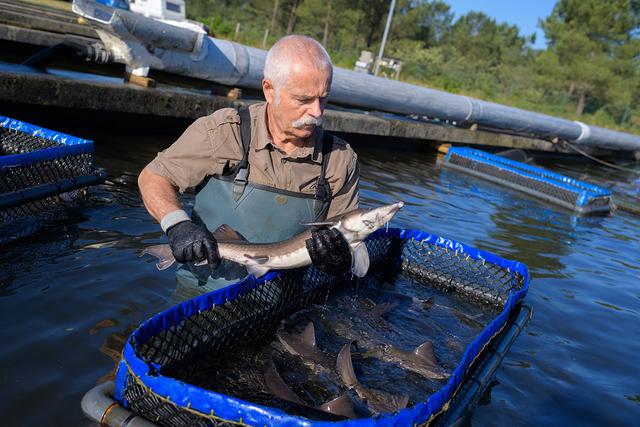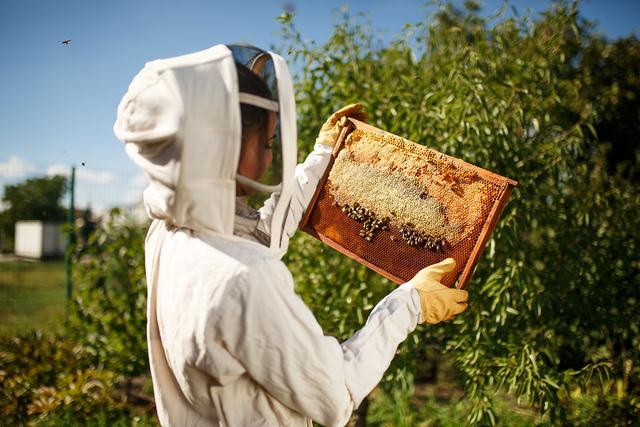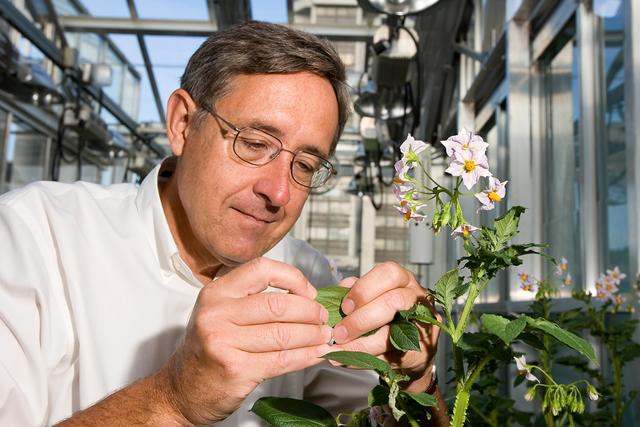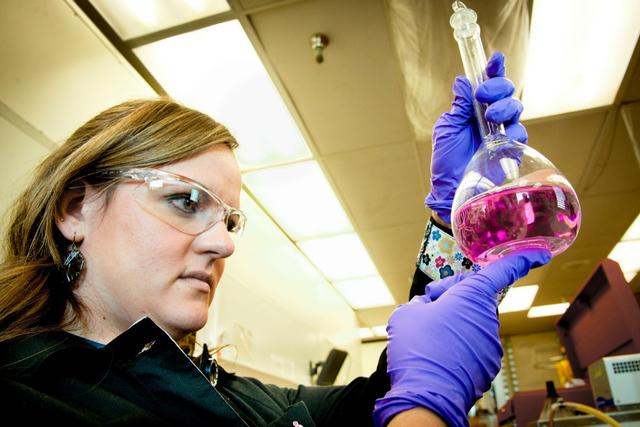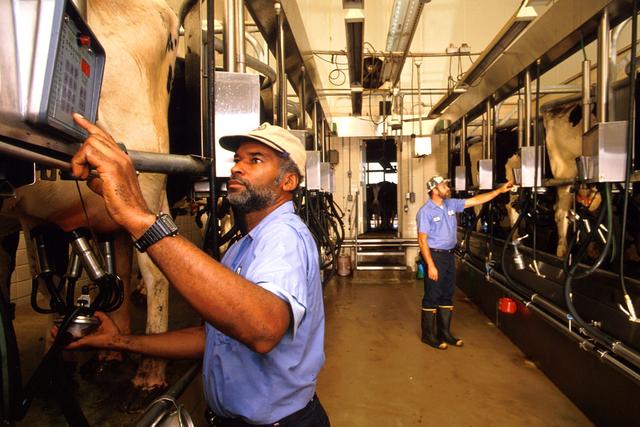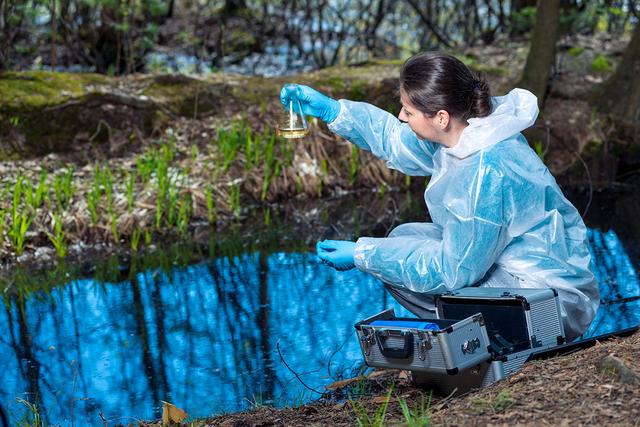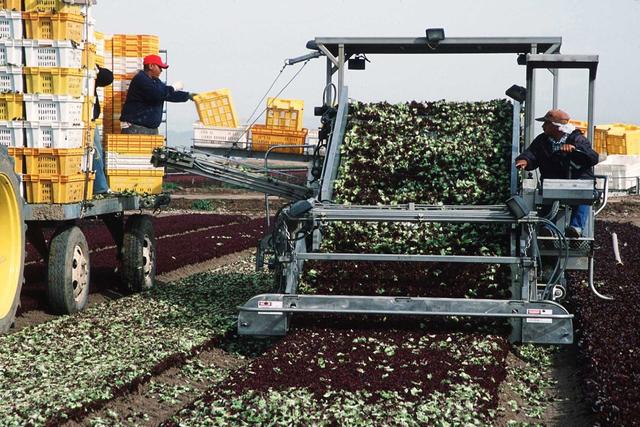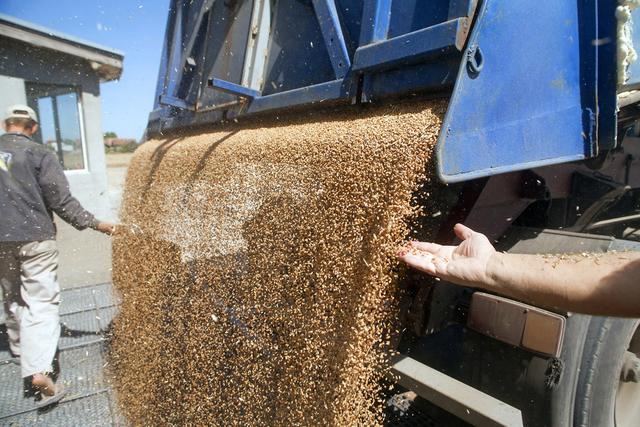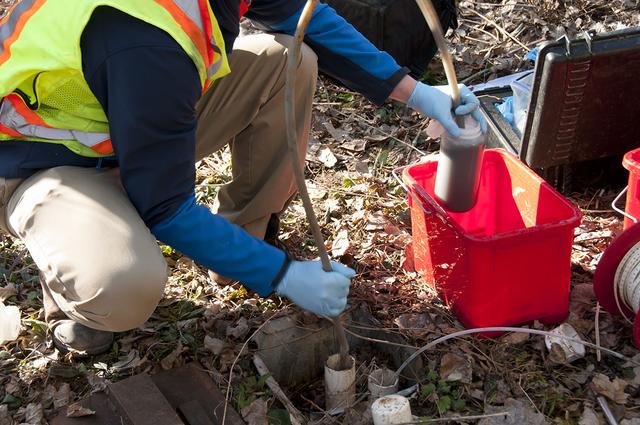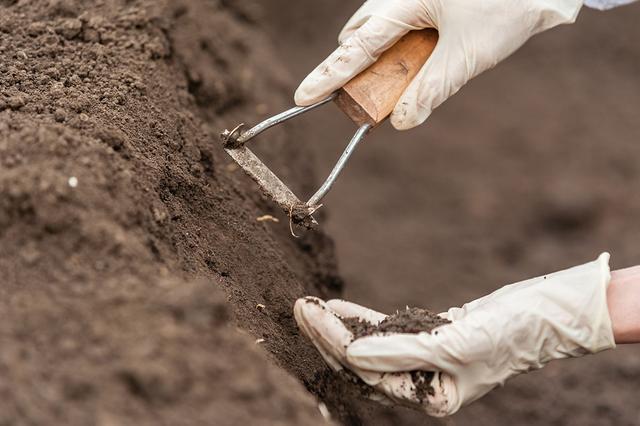Agriculture

Overview
Agriculture, known also as husbandry or farming, is the science of cultivating plants, animals, and other life forms for food, fiber, and fuel. The agricultural industry, which includes enterprises engaged in growing crops, raising fish and animals, and logging wood, encompasses farms, dairies, hatcheries, and ranches. It is a major industry in the United States.
The development of agriculture spans thousands of years and has been affected by human cultures, climate variations, and evolving technologies. Despite the industry's evolution over the centuries, all types of farming still rely on methods to maintain environments conducive for raising domestic species. In terms of plants, the land must be sustained with a type of irrigation system; for raising livestock, rangeland must be cultivated to support animal life. Nowadays farm yields have greatly increased due to improvements in breeding, chemicals, and technology. Yet some of these measures can cause damage to the environment and pose health risks to humans.
A modern innovation in the agriculture industry is the Green Revolution, which began in the second half of the 20th century. This development is cited for saving people around the world from starvation through initiatives involving irrigation systems, production of high-yielding crops, and better management strategies.
Today farming professionals face the daunting challenge of keeping current with increasingly rapid changes in equipment technology and agricultural research. For instance, biotechnology is being applied to industrial livestock operations to provide healthier animals and improve breed development, resulting in more meat, eggs, and dairy products to meet consumer demands.
Responsible for putting healthy food on consumers' tables, the agriculture industry is regulated by strict policies. Farmers must be up to date on all legislation affecting their product and their laborers. For example, at the end of the decade tr...
